The Complex Human System and the Role of What We Eat Part 1
The Old and the New. The Holistic and the Reductionistic. What is Inflammation?
As I continue to work on the final paper of my doctorate degree I will be sharing writings related to my research and explorations. The focus of my capstone paper is to present a unified vision of how inflammation spawns and moves through the body resulting in the myriad of illnesses unique to the modern world. I aim to share natural means for attaining meaningful results in physical and emotional wellbeing. I feel that if we are empowered with a simple understanding of how illness develops then we can spend less time trying to figure out what went wrong and put more energy into healing and balancing the system at large. Ultimately this will be a lifelong exploration into mind body connection on an individual and collective level, but it has to start somewhere, so here we go…
“Let food be thy medicine and medicine be thy food”
This is a quote frequently attributed to Hippocrates, the ancient Greek physician and philosopher commonly known as the father of modern medicine. Medicine has come a long way from the root practices of the ancient Greeks, or the root practices of the ancient anybody. Modern medicine, leaving nature behind it, has evolved alongside the rapidly changing technologies of our times. Frequently the newest medicine (or newest anything) is seen as being synonymous with the best. Which means sometimes we forget about the old, the traditional, and the timeless while we stand on the cliff of the cutting edge.
After treating patients for over a decade and being obsessed with health and the human body for nearly all my life… I’ve come to feel that the majority of health issues that plague modern humans can be prevented if they are seen and addressed early in their evolution. No one needs to suffer. In my time working in hospitals, pain wards and trauma centers throughout Chicago and Seattle I observed that there are really two main causes of illness and disease: Trauma and Lifestyle. Frequently those two causes are deeply intertwined. I’ve also observed that many acute conditions that seem to arise out of nowhere are actually caused by long term unnoticed, undiagnosed, misdiagnosed, untreated, and/or mistreated chronic conditions.
“If the only tool you have is a hammer, you tend to see every problem as a nail” (Abraham Maslow).
This is the situation we frequently encounter in a world of specialization and pharmaceuticals. Treating one system invariably affects the others. It's why drugs have a longer list of side effects than intended effects. It's also why so many drugs are used for off label conditions. For example, many women are prescribed Spironolactone, a blood pressure medication, to treat hormonal acne. Many are given this drug without being informed of the pharmaceutical mechanisms which frequently lead to increased anxiety, palpitations and dehydration. We are one body, made of many liminal systems working together to operate as a single unit. When one system is dysregulated it impacts them all, it impacts the person as a whole.
There can be no denying that the marriage of medicine and technology has given us an abundance of valuable knowledge, tests, and procedures as well as lifesaving pharmaceutical and surgical interventions. Modern medicine can manage emergencies which traditional or “natural” methods would have difficulty addressing with the necessary life saving rapidity. Still, sometimes, I feel that if we forget where we come from, we might get lost on the path to where we are going. What happens when we become increasingly reliant on external technology to fix our internal problems? What happens to us as we move further and further away from seeing ourselves as part of the complex and elegant web of nature. For thousands of years the most brilliant minds of Earth viewed humanity and each human as a microcosmic reflection of the world we live in and are a part of. Now that perspective is frequently lost to philosophical and spiritual meanderings. Meanwhile our collective health and global environment gets messier and messier as we wait for the delivery of the newest and best solutions.
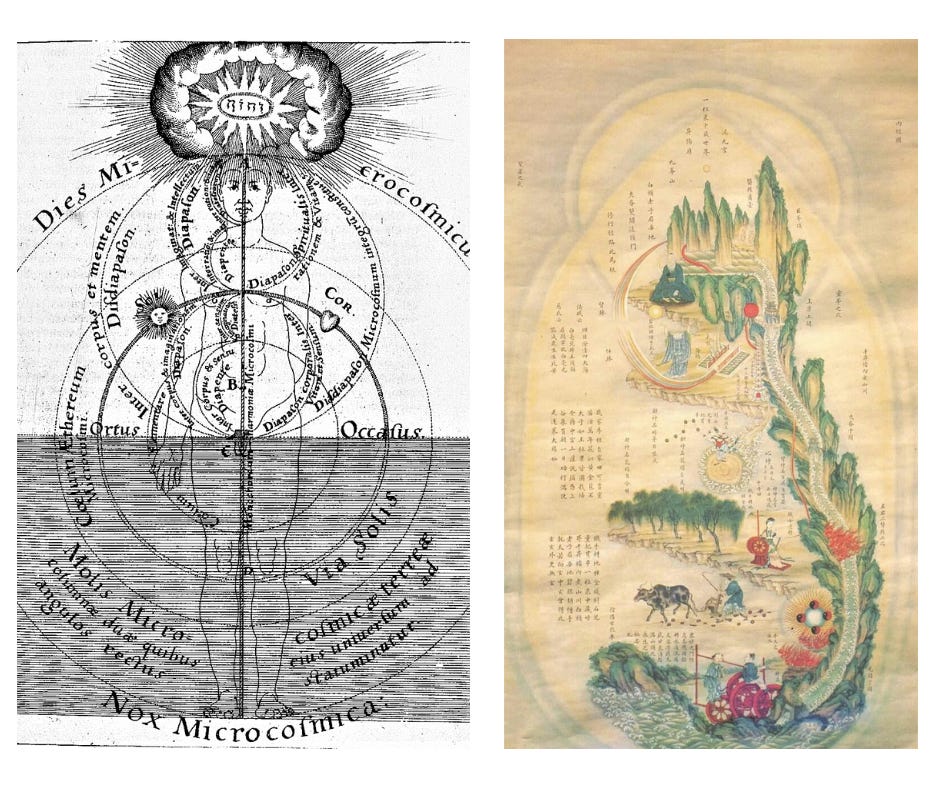
We live in a complex world, where complex (often subclinical i.e. measurably undetectable but still very real) symptoms go untreated for too long until they become complex illnesses. We have more diseases and more syndromes now than ever before. The number of named conditions increases every year as the complexity of overlapping symptoms continues to unfold. People often feel that if they can just get the “right” diagnosis then the solution to their problems will be categorically matched in some medical rolodex. But the presentation of most illnesses are as unique as the people carrying them. No two cases of IBS are exactly the same. No two cases of migraines, back pain, prostatitis or the common cold are exactly the same. No two cases of infertility, depression or cancer are the same. Infrequently does standard treatment leave a patient feeling individually attended to, much less “healed”. At the very best, we may feel “managed” maybe even “well managed”. We learn to live with things. But, if we are not taught how to live and supported along the way… problems frequently come back, maybe because they never really went away in the first place.
Every human being is a unique expression of life. Every human is a complex system, and when we divide a human up and address only individualized parts we frequently end up with one dimensional perspectives, linear treatments and incomplete or unfulfilling outcomes. This breaking up of a complex system into its individual elements is generally understood as a reductionist approach. Reductionism, while incomplete on its own, is certainly not without its merits. It allows us to dive deep into understanding the form and function of individual building blocks like cells, DNA, bacterias, viruses, etc.
A holistic approach (arguably incomplete without the depth of reductionism) observes the interplay between the parts that make up the whole. It takes a more macro and relational perspective and approaches the health of any multi-system environment as a product of the interaction within and between all the parts, all the subsystems. Everything is connected.
In modern science the holistic approach is synonymous with “Complex Systems Science”. Complex systems science seeks to understand the multilayered multidimensional relationship of the larger web and all its points of intersection. Every human is a complex system. Every relationship is a complex system. Every family, every home, every office, every moment is a complex system of multilayered interactions. There are so many interactive variables.
So how can we address the health of the complex human system in an increasingly complex world? One approach would be to go back to basics. Simplify, organize, and prioritize. We can develop a practical understanding of the body, not by ignoring its complexity but by recalling its place in the larger web of nature. We are human after all. We evolved from hominids for millions of years. Sparked consciousness from unknown origins. We survived ice ages and great floods. We hunted. We gathered. In the last 40,000 years we developed written language, art, culture, agriculture, architecture and society. We’ve only been living the modern life, with modern illness… for less than 100 years. And if we take into consideration the explosion of the industrial food complex, it's really been less than 50 years. And over the last 50 years modern people have become incredibly ill with conditions related to chronic inflammation. We have more money, more food, more technology, more distraction and consumption than ever before and our mental and physical wellness are devastatingly low.
This isn't to say that the past wasn't full of illness. It most definitely was. Nature is full of dangers big and small. A basic review of evolutionary anthropology would reveal that epidemics and pandemics increased as humanity became more localized and less nomadic. Which is exactly why we developed cleaner ways to live in larger groups. Despite the events of the last few years, rates of infectious diseases in the modern world are relatively low. The modern illnesses that are taking the main toll on humanity are Metabolic, Autoimmune, and Mental/Emotional in nature, all of which make us more susceptible and less resilient to viral and bacterial exposures. The rate of autoimmune conditions is said to increase by upwards of 9% every year. Latest statistics indicate 1 in 3 adults suffers from metabolic syndrome. 1 in 4 American adults suffers from a diagnosable mental health condition. These are known conditions of persistent and chronic systemic inflammation.
So what is Inflammation? It is one of those words that is used so much that its meaning gets lost and taken for granted.
Inflammation is your body’s response to injury. Inflammation itself is not “bad”. It is your body’s attempt to heal and return balance to the system. Healthy inflammation runs its course and then receives feedback to shut down the process. Chronic inflammation is acute inflammation that never gets the chance to shut off… to the point that sometimes it forgets how to.
Let's do a basic review and paint a picture of how inflammation develops and moves through the body… Picture yourself running, you fall and scrape your knee. It hurts. The skin tears. It bleeds. The immune system sends white blood cells, platelets and a number of other protective and healing agents to the area. It swells. It throbs. And a scab forms, under which the rebuilding of tissue is activated. This is the same process everywhere else in the body. The skin is made of epithelial cells. The gut lining, cardiovascular lining, and pretty much all tube lining of the body is made of similar epithelial cells (they may be called different names and have different structures depending on the system and function, but they are all derived from “epithelium” and follow similar rules.)
The bond between those cells that creates the full tissue is called a tight junction. Tight junctions form the mesh that keep things in place. They keep our insides on the inside and the outside on the outside. They keep nutrients and waste moving in the proper directions.
Think back to that scabby knee. You peel off the scab and now the wound is fresh again, re-injured. The inflammatory process, the healing process is triggered again. You let it heal for a day, but then you peel it off again. And again. And then again. You keep doing this and now there is a wound that is never allowed to heal. Your body keeps doing its best, but it can’t get ahead of the persistent irritation. It gets infected, invasive bacteria battles local bacteria, pus develops, and then your body is fighting the infection and trying to rebuild itself and still lagging behind the persistent irritation. The body has to divert vital energy and resources to keep addressing the issue. This means other systems of the body have to sacrifice, they become less efficient, tired and eventually backed up in their own duties leading to multisystem dysfunction. This chronic wound represents chronic inflammation. While most of us don't exhibit Dermatillomania (chronic skin picking) most of us, consciously or unconsciously, engage in behaviors that lead to our own versions of chronic inflammation.
The insides of our bodies aren't that different from the outsides. Epithelial cells and tight junctions. Wounds and persistent irritation. Inflammation that isn't allowed to shut off and the diverting of energy and resources to keep it going. Neighboring systems enter into dysfunction and stagnation. Fatigue, discomfort and irritability ensue. Anxiety, depression and hopelessness make their way to the starting line. Weakened Immunity, Diabetes, Heart Disease, Infertility, Autoimmunity, and Metabolic Disorders start to build up brick by brick.
Where does it start? “Let food be thy medicine…” The most common and vulnerable access point is the gut. The gut is everything from mouth to anus and in between. It's a long system of tubes lined in epithelial tissues and mucosal membranes. It is home to the microbiome, a collective organization of bacterias that aid in digestion, mood regulation, and serve as our Immune System’s first line of defense. The gut is highly specialized in breaking things down, separating nutrients from waste and moving each along to its respective destinations. It is the root which every other system relies on for sustenance. Because of its “neurotransmitting” function, some people call the gut the second brain, others call it the first. Yes and Yes. Gut Feeling. Instinct… Intuition.
In the most basic way possible, when that mesh of tight junctions and the mucosal layer gets compromised by foods with irritating textures, or foods laced with irritating chemical compounds (natural or synthetic) it gets injured and inflamed. In the same way your external skin would be compromised by cuts, scratches or reactive chemicals. In the short term that means that the gut has to divert energy and resources away from digestion to healing the irritated areas. It also means that the gut bacteria suffer because their home essentially is disintegrating and they don't have time or space to repopulate, which frequently leads to an increase in “bad” bacterias in the wrong places. All this could show as impaired digestion, absorption and elimination. This could feel like bloating, gassiness or the occasional rumbly tummy. It could feel like constipation and diarrhea. It could feel like random sharp pains anywhere around the belly. For some, symptoms may not be digestive at all. Maybe just a general tightness or discomfort around certain parts of the abdomen. For others it might feel like a tight diaphragm and shallow breathing. Maybe snoring. And for some it might be acid reflux, sinus congestion, or upper respiratory infection. Some might experience shifts in mood, attitude and perception and a dysregulation in the neurological bridge between the gut and brain i.e. the infamous vagus nerve.
Many of the minor discomforts we are used to ignoring have the ability to manifest as low grade persistent anxiety… an alarm going off in our mind body connection that we can’t quite figure out. Maybe we are irritable, annoyed, or nervous. Maybe it feels like we’re experiencing hormonal imbalance. Cycle irregularity. Changes in Sex Drive. Maybe we feel fatigued and lack motivation. No getup and go… and we start prematurely blaming age… or whichever planets are in retrograde. Maybe we get headaches, brain fog or migraines. Maybe we just feel puffy or swollen. Or all of the above and then some.
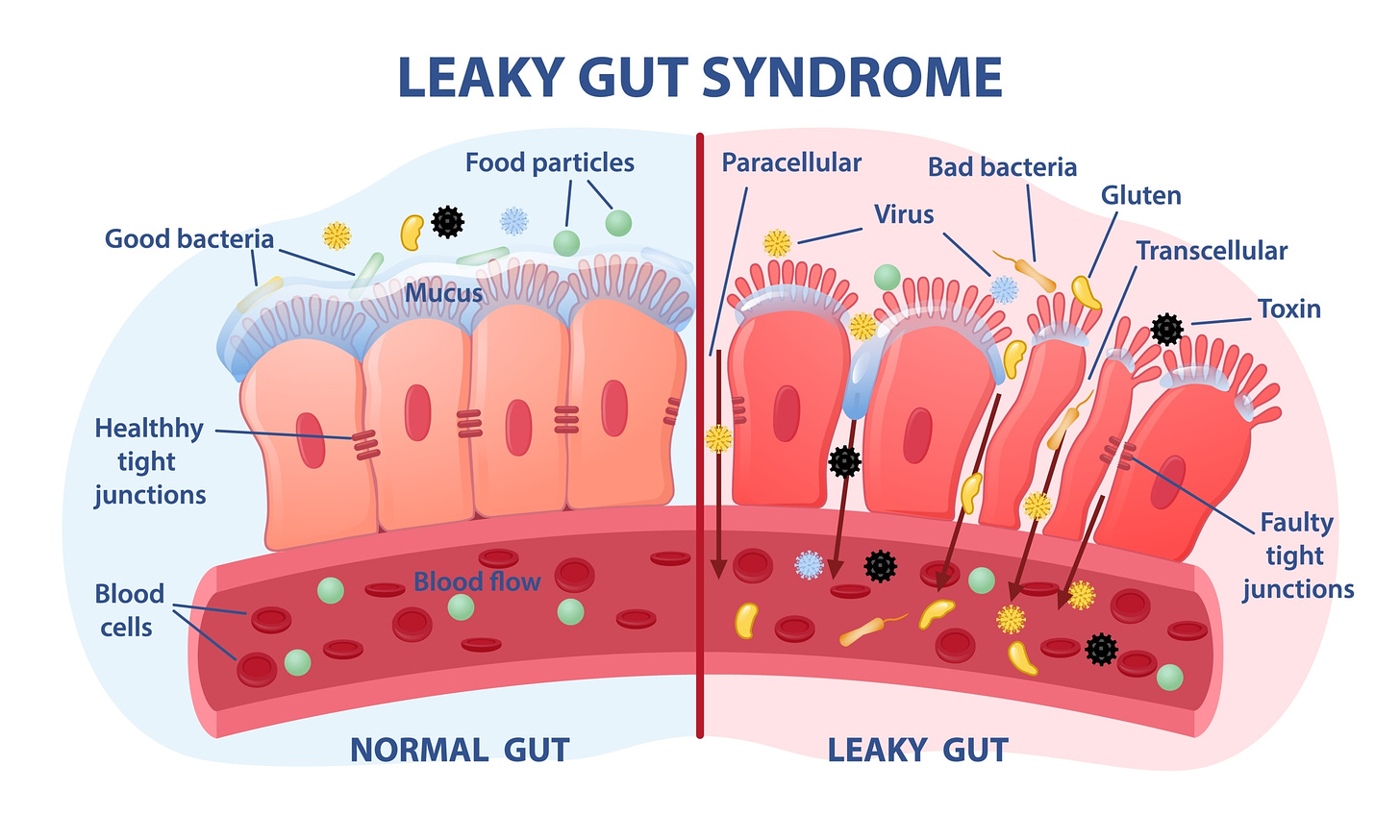
If the gut isn’t allowed adequate time to heal and provided adequate nutrition to rebuild then this can lead to what is commonly known as leaky gut. Leaky gut basically means that the gut has become microscopically permeable and things are leaking out into places they aren't supposed to be. This causes your body to mount an immune response when it notices a foreign substance invading. This is how many common food allergies work. Gluten and egg white proteins for example are huge on the molecular level and when they exit the gut into a no fly zone the immune system recognizes them right away and launches an allergic response. With histamine and immunoglobulins pumping through the body one is likely to experience all sorts of body pain, swelling, malaise, irritability and indigestion. Smaller compounds like food additives, microplastics and PFAs (teflon) can also trigger low level and persistent immune responses and block the absorption of vital nutrients. Overtime, persistent inflammation has the potential to manifest as a multitude of psycho emotional, autoimmune, metabolic (i.e. diabetes, fatty liver, gallstones, weight gain), neurologic and cardiovascular conditions.
Gut permeability impacts what the gut lets directly into the bloodstream. The small intestine absorbs small molecules (ideally nutrients, but inadvertently also toxic chemicals and microplastics) and passes it on into the bloodstream via a plethora of capillary beds along its trajectory towards the large intestine. When chemical and particle irritants enter the bloodstream they do the same thing to the endothelial/epithelial lining of the cardiovascular system that they do to the digestive system. Persistent irritation within the blood vessels leads to the chronic inflammation that is at the root of atherosclerosis and heart disease. Shrink your perspective down for a moment and see yourself inside an artery that has a persistent wound that is constantly irritated by jagged particles and corrosive substances that don't allow it to heal. Just like your scraped knee this cell wall keeps accumulating a “scab” and “pus” (clotting factors, inflammatory debris, cellular waste). This is the root of plaque. It is to this surface area which oxidized LDL can attach itself and create blockages and vascular hardening. LDLc is often the focus of conventional metabolic panels but it is also well known that LDLc is not truly an indicator of atherosclerosis, but rather the degree of calcification (“scabification”) that occurs in inflamed arteries. This is known as the CAC score (coronary artery calcium). Non Oxidized LDL moves freely through clean well dilated blood vessels.
Everything in the blood eventually moves to the rest of the body and eventually the brain. Downstream leaky gut can manifest as “leaky brain”. This means that selectivity of the blood brain barrier is compromised and that inflammatory compounds can make their way into the central nervous system. This could be experienced as something as simple as brain fog or something as severe as intense mood swings, depression, anxiety, and nerve related conditions like seizures, migraines, TMJ or even just chronic tension. This has tremendous potential to exacerbate pre existing psycho emotional, neurological and pain conditions. In a later post we’ll explore what old psychiatric hospitals diagnosed as “Hot Brain” or literal brain inflammation in the “mentally ill”.
This is still only scratching the surface of what systemic gut born inflammation can do to the body and mind. A full report on everything from PCOS and Lupus to Diabetes, Prostatitis and Cancer, as well as the plummeting levels of Testosterone will take some time. This was a tactile lay perspective and didn’t explore the role of biochemical inflammatory markers, the nuances of insulin resistance and triglycerides, sleep, cortisol, the role of emotional and psychological stress, etc, etc. The point of this article isn’t to create dread or fear around all the microscopic things that could go “wrong” in the body. But my intention is definitely to draw awareness to how the things we eat impact us in very complex ways. Food is not the only factor impacting our states of inflammation. Everyone has a unique genetic disposition, a unique history of trauma and life experiences, and maybe even unique karma that they bring into this life. But food at the very least is one factor we can see, taste, touch and be mindful about. Ultimately how we Eat, Move, Think and Breathe all deeply impact our quality of life on physical, mental and spiritual level.
As with all things in the world of science and medicine, there is disagreement. Some people say leaky gut is a myth, there is plenty of evidence and research to state otherwise. From my perspective, as well as personal and clinical experience it seems logical that increased permeability to barrier tissues can lead to dysfunction and that dysfunction leads to discomfort, dis-ease and eventually disease. So I would rather play it safe and avoid foods and food products that contain chemicals (natural or synthetic) that are known to irritate tight junctions, degrade mucosal lining, harm gut bacteria and pass from the gut, into the blood and into the brain…
In the next post we will explore a variety of the natural and synthetic gut irritants that are commonplace in our modern diets. We will also explore some of the foods options that are the least inflammatory with greatest nutrient bioavailability and touch on concepts of sustainability and ecology.
Thank you for reading. Much Love.




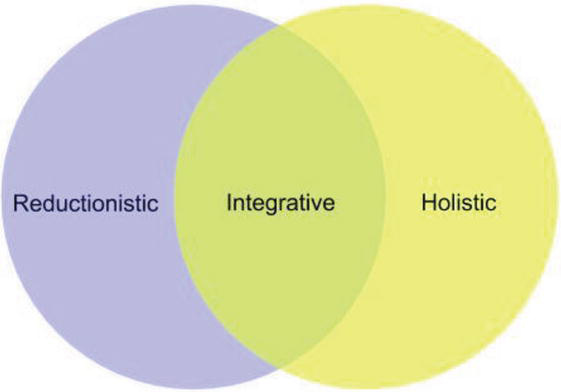
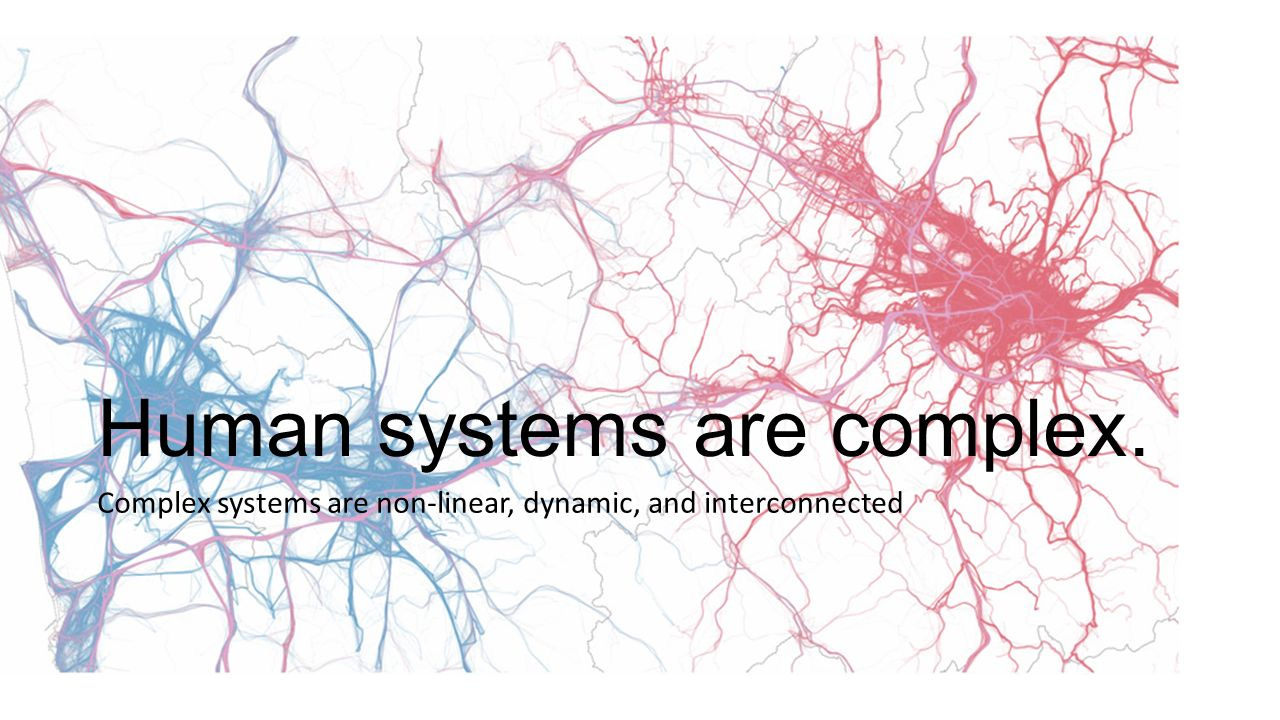
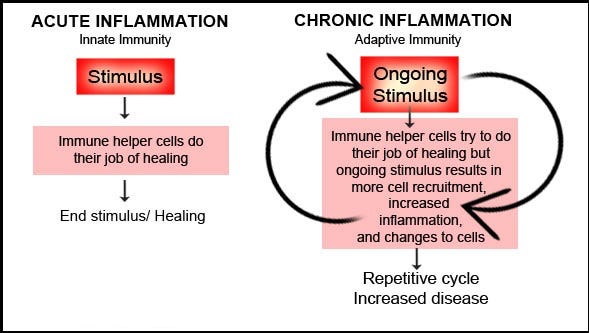
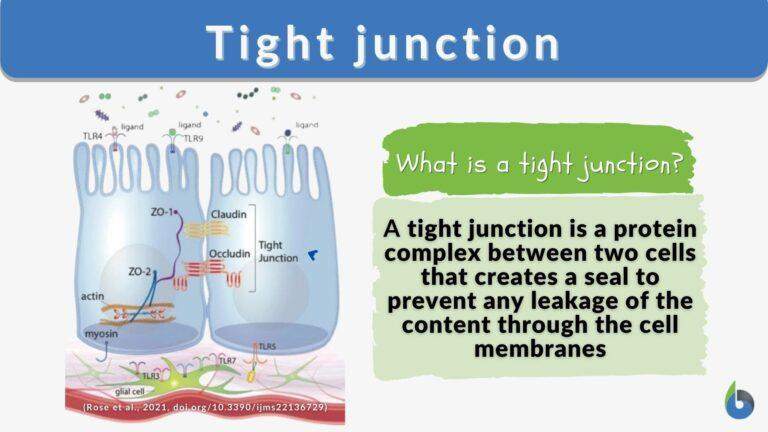


Thank you for sharing! Can’t wait for the next one.